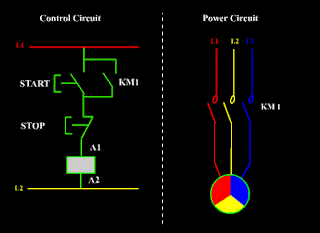An animation is a fast sequence of pictures of an object at different positions. The fast sequence tricks our eyes and the object seems moving.
Shown below is an animated logo of EduMation.
CLICK
on picture
to see animation
Sometimes, animations are used to help explain and illustrate theories, concepts, procedures or any information that may be difficult to comprehend by just explaining in text or verbally.
These are known as educational animations.
Nowadays, animations are made with computer software such as Flash, SwishMax, Photoshop, Swift3D, 3dsMax and many others.
Well-designed animations may help students learn faster and easier. They are also excellent aid to teachers when it comes to explaining difficult subjects. The difficulty of subjects may arise due to the involvement of mathematics or imagination. For instance, the flow of electric current is invisible. The operation of electric circuits is difficult for students to understand at the beginning. With the aid of computer animations, learning and teaching may become easier, faster and amusing!
Well-designed animations may help students learn faster and easier. They are also excellent aid to teachers when it comes to explaining difficult subjects. The difficulty of subjects may arise due to the involvement of mathematics or imagination. For instance, the flow of electric current is invisible. The operation of electric circuits is difficult for students to understand at the beginning. With the aid of computer animations, learning and teaching may become easier, faster and amusing!
The animated electrical circuit shown below helped many trainees at Bahrain Training Institute to understand the circuit faster than reading two pages about its operation.
Courtesy of EduMation
CLICK
on picture
to see animation
on picture
to see animation



